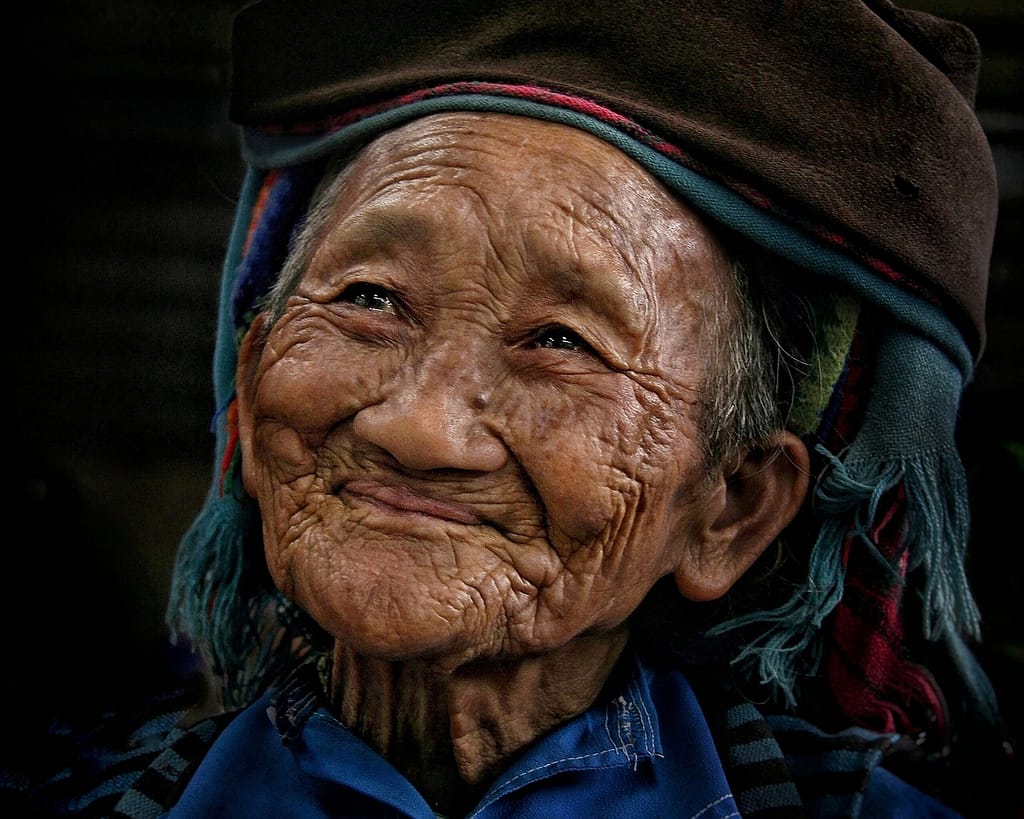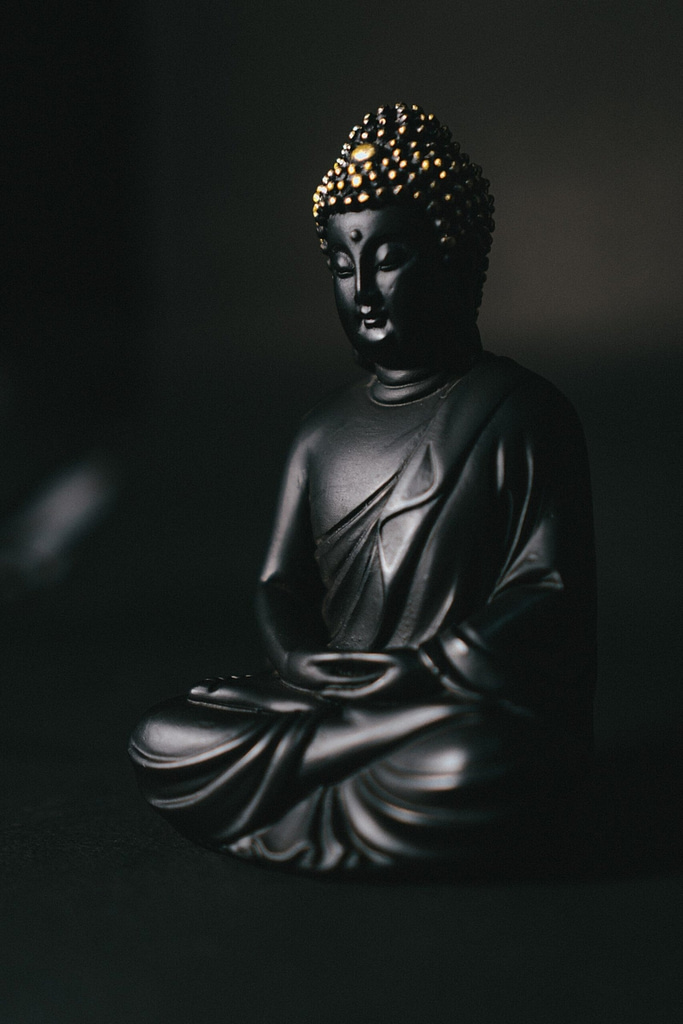Southeast Asia is a region renowned for its diverse cultures, languages, and traditions. While the majority populations often take center stage, it is the minority peoples who add a vibrant tapestry of customs and traditions to the cultural fabric of the region. In this article, we will delve into the fascinating world of Southeast Asia’s minority peoples, exploring who they are and shedding light on some of their unique customs and traditions.
The Hmong: A Proud Heritage
One of the prominent minority groups in Southeast Asia is the Hmong. Originating from the mountainous regions of China, Vietnam, Laos, and Thailand, the Hmong have a rich and storied history. Their customs and traditions reflect their deep connection to nature and their strong sense of community. The Hmong are known for their vibrant clothing, intricate needlework, and colorful festivals. One such festival is the Hmong New Year, where the community gathers to celebrate with traditional music, dance, and delicious cuisine.
The Dayak: Guardians of the Rainforest
The Dayak people, indigenous to the island of Borneo, are the guardians of the rainforest. They have a deep spiritual connection to the land and believe in maintaining a harmonious relationship with nature. Dayak longhouses, communal dwellings that can house several families, are a testament to their strong sense of community. The Dayak are skilled artisans, known for their intricate woodcarvings and traditional tattoos. They celebrate the annual Gawai Festival, a time of thanksgiving and renewal, with music, dance, and traditional rituals.
The Karen: Living in Harmony
The Karen people, residing in the hills of Myanmar and Thailand, are known for their peaceful way of life and close-knit communities. They have a deep respect for the environment and practice sustainable farming techniques. The Karen are skilled weavers, creating intricate textiles using traditional techniques passed down through generations. Their festivals, such as the Karen New Year, are marked by music, dance, and storytelling, showcasing their rich cultural heritage.
The Acehnese: Guardians of Tradition
The Acehnese people, living in the province of Aceh in Indonesia, have a strong Islamic heritage and are known for their commitment to preserving their cultural traditions. The Acehnese value education and place great importance on the arts, particularly traditional music and dance. One of their most famous traditions is the Saman dance, a mesmerizing performance that combines rhythmic movements and vocal harmonies. The Acehnese also celebrate the annual Meugang Festival, a time of community feasting and reflection.
The Cham: A Blend of Cultures
The Cham people, residing in Vietnam and Cambodia, have a unique cultural heritage influenced by both Hinduism and Islam. They are skilled weavers and are known for their intricate textiles and traditional pottery. The Cham celebrate various festivals throughout the year, such as the Kate Festival, which involves vibrant processions, traditional music, and dance performances. Their customs and traditions reflect a harmonious blend of cultural influences.
Cultural Diversity
The minority peoples of Southeast Asia contribute immensely to the region’s cultural diversity and richness. Their customs and traditions are a testament to their resilience, creativity, and deep connection to their ancestral lands. Exploring and appreciating the traditions of these minority groups not only enhances our understanding of Southeast Asia but also fosters a sense of respect and admiration for the diverse tapestry of humanity.
So, the next time you find yourself in Southeast Asia, take a moment to immerse yourself in the customs and traditions of its minority peoples – you’ll be rewarded with a deeper appreciation for the region’s cultural heritage.
*Photo of Cham people courtesy of en.vietnamplus.vn.








